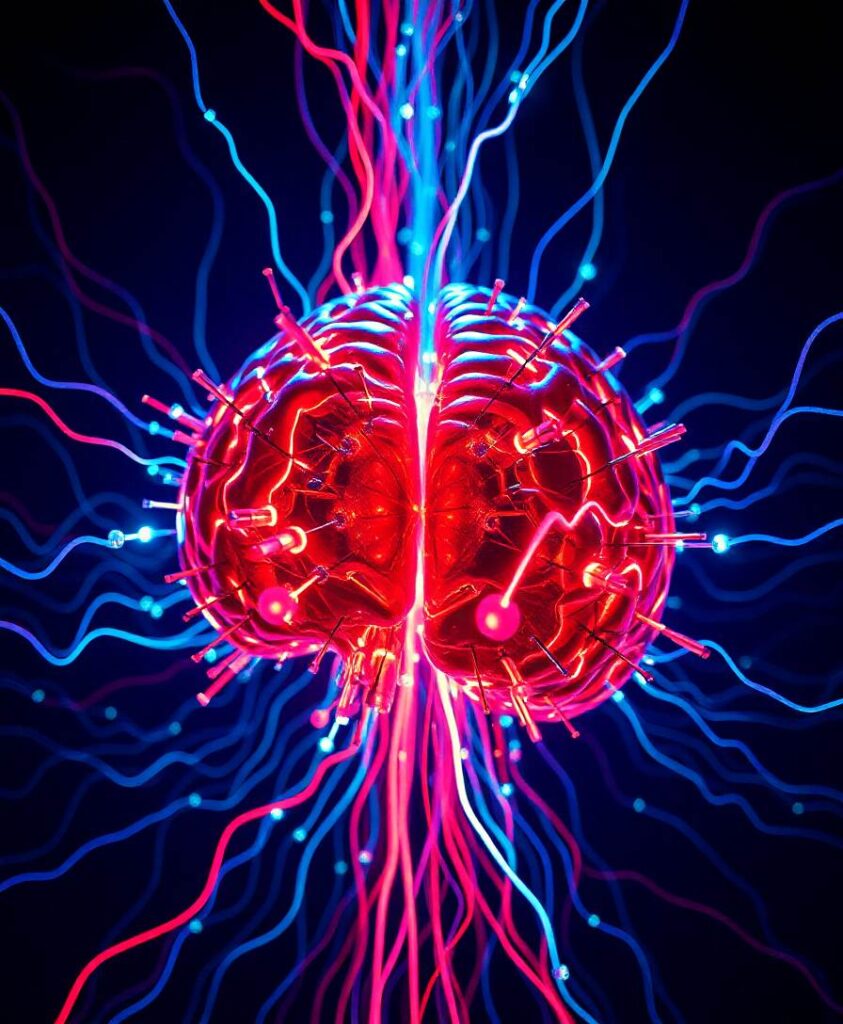Imagine a bustling city where people communicate and interact constantly. Is this dynamic exchange of information merely a side effect of the city’s layout, or does it actively shape the city’s functioning? Similarly, scientists are pondering whether dynamic connectivity in the brain is just an epiphenomenon resulting from its underlying structure and processes, or if it has a direct causative role in brain functions. Recent advancements in intervention techniques provide hope for researchers to unravel this long-standing question and shed light on the true nature of dynamic functional connectivity. By using these new tools, scientists may be able to manipulate brain activity and observe any resulting changes in network functions, enabling them to determine if dynamic coupling is a cause or a consequence. This exciting field of research holds promise for understanding how different brain regions communicate and cooperate to perform complex tasks. To dive deeper into the fascinating world of dynamic functional connectivity, check out the full article!

